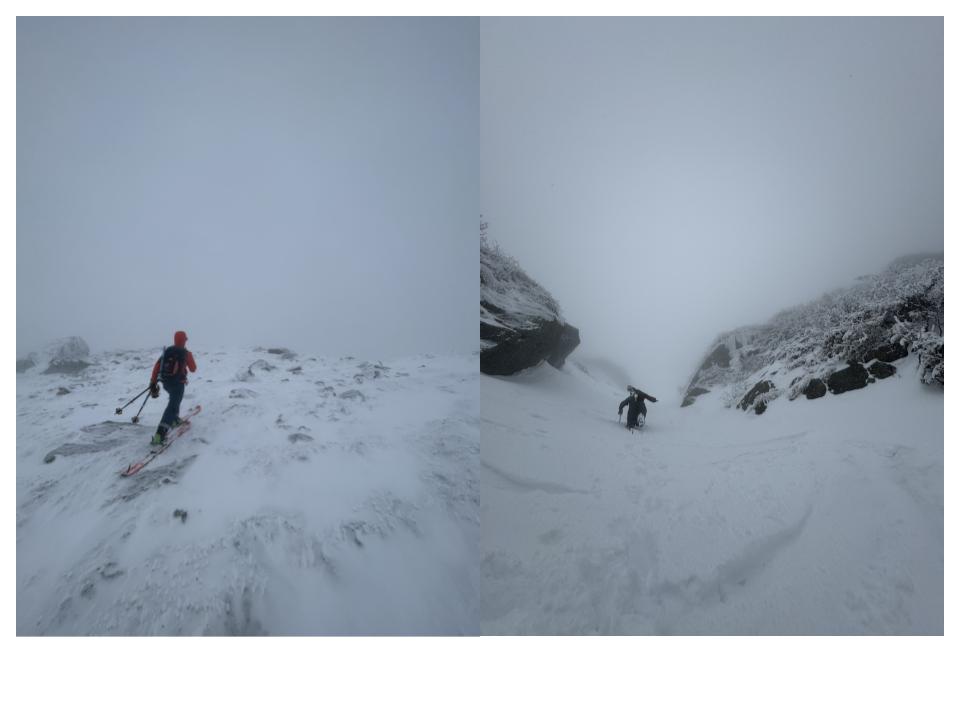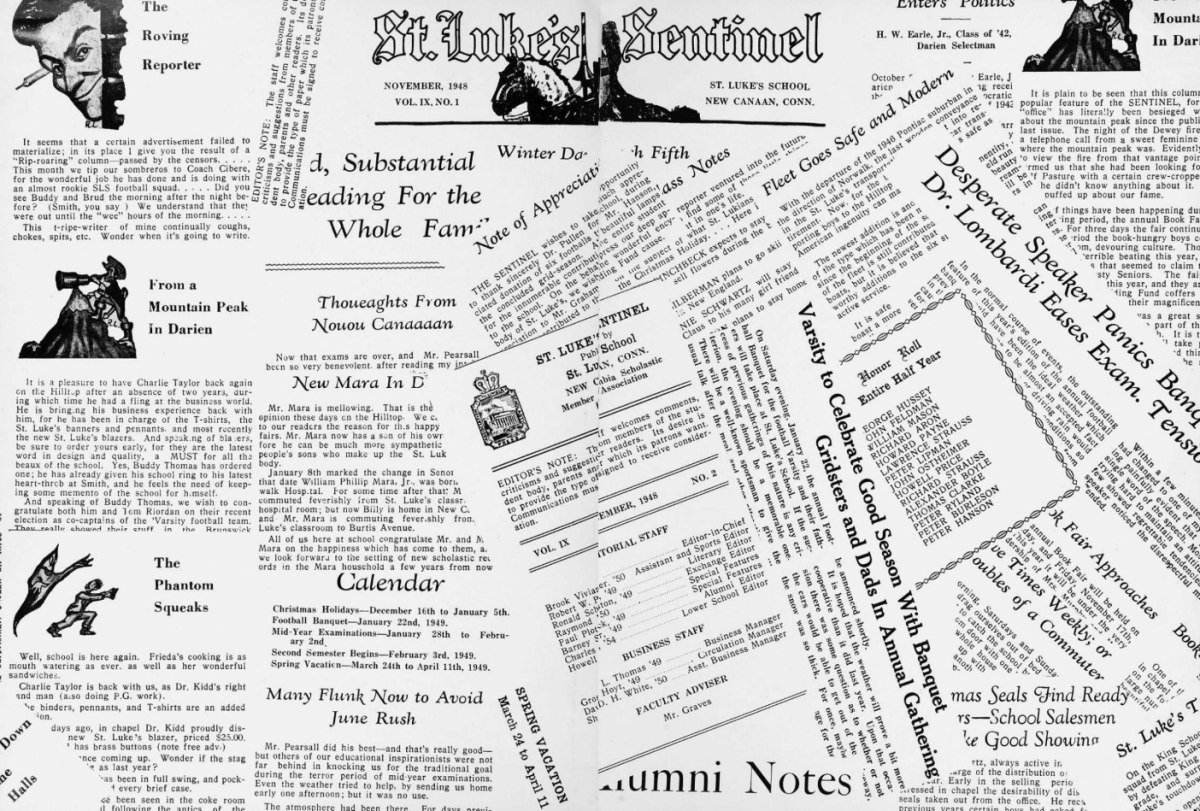In 1642, moments after completing the first recorded ascent of Mt. Washington, Darby Field looked north from and noted “such a precipice, as they could scarcely discern to the bottom.” The next reported sighting of this mysterious precipice was in 1823 when a well known pioneer of the presidential range, Ethan Allen Crawford, took a wrong turn while hiking on Mt. Washington, and subsequently found himself standing “on the edge of a great gulf.” Ethan Crawford had already spent a large portion of his life exploring this range, building some of the first trails and shelters in the area, many of which bear his name to this very day. Yet, he had never found himself here before. In the 1860s, author Benjamin G. Willey wrote that the area north of Mt. Washington was an “unfathomable abyss.” Decades later, in 1908, a newspaper clipping mentioned that the so-called Great Gulf remained almost entirely unexplored.
Today, we know that the Great Gulf is the largest glacial cirque in the Northeast. It is an amphitheater stretching north from Mt. Washington, spanning the entire Northern Presidential Range: a massive ravine framed by Mt. Clay, Mt. Adams, Mt. Jefferson, and Mt. Madison. Standing at the bottom of the Great Gulf, one is as far as anyone can get from a road in the Presidential Range, one’s only reasonable escape being a 2,000 foot wall. In 1990, a plane crashed into the rim of Great Gulf, unable to unavoid the massive headwall. Thus, the Great Gulf still remains an “unfathomable abyss” even into the modern era, and is known to be one of the most remote and stunning wilderness areas in the northeast.
At least, that is the case during the winter. Through the shameless and shortsighted sale of public land, the Mt. Washington Toll Road and Cog Railway, when open in the summer and late spring provide easy access to the summit of Mt. Washington. It brings a gaggle of tourist to the area, many of which access the terrific late season in the Great Gulf skiing by only a short walk. I cannot blame them; I too will make the pilgrimage for easy access to great skiing during June. However, the true draw of the Great Gulf is the wild environment it provides throughout the winter and early spring. In wintery conditions, the Great Gulf is very rarely accessed and skied, due to avalanche risk combined with high difficulty of rescue. In late spring, this risk subsides and the area is more often accessed by backcountry skiers, but remains empty compared to the thousands of snow sliding enthusiasts that flock to the classic Tuckerman Ravine. The Great Gulf perhaps sees only a handful of skiers on the average May weekend, yet it has still managed to claim three lives in the past two decades.
On that note, I found myself standing in the parking lot of the cog railway on Sunday 4/13, preparing for the long skin to the rim of the gulf. We hoped that the fog covering the summit would lift as the day progressed, but it only seemed to sink lower. A rare east wind greeted us as we passed tree line, intensifying with gained altitude. We reached the ridge, and skinned through the talus field known as the “alpine garden,” just as Ethan Crawford did over two hundred years ago. The ground seemed to drop away beneath us, a deep fog restricting our vision to no more than a few feet as we peered over the edge. Those east winds, gusting maybe 40mph, immediately knocked us back from the edge. Those rare winds, coupled with a spring snowstorm, left perfect, well bonded powder snow, a rarity for the range as a whole. It was far too perfect to turn around because of some stinging wind: I found myself stepping into my bindings. We were skiing a line called pipeline gully— a classic in the Presidentials. Our originally slow and careful turns gave way to large arcs through the widest section of the line. The crux, a short 20’ section of water ice, was completely skiable, dropping us out from the rocks, below the fog. Only 100’ down from the ridge the winds had died almost completely, leaving us relaxing at the bottom, many miles from the nearest person, staring at the foggy unknown above. Even the climb out was almost perfect: we were met with plastic ice through the crux, and great snow for bootpacking. Somehow, I found myself sitting back in the car a few hours later, readying myself for the six hour drive back to CT. It was a once in a lifetime day: it isn’t often that so many factors come together on the mountain known for the worst weather on the planet; it felt closer to a fever dream than real life.
With the advent of the silly toll road that takes you quite literally to the edge of the precipice, there’s no excuse not to visit on your next free day, I think everyone should see this place.















